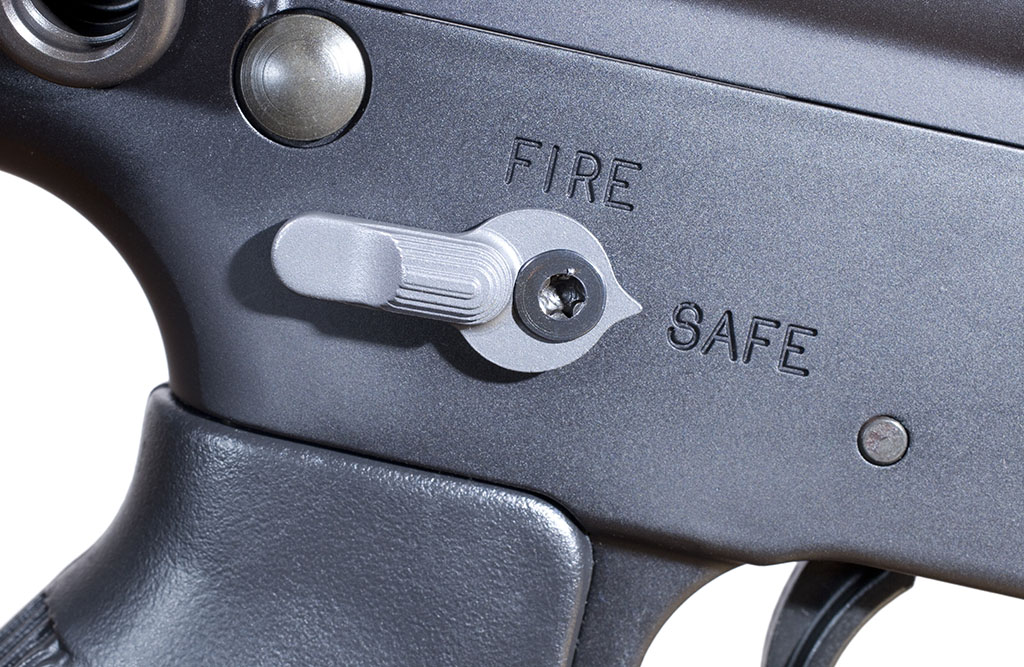Treating every gun as if it were loaded is a key practice in preventing firearm accidents. This mindset cultivates vigilance and underscores the importance of gun safety, helping to avert unintentional discharges, injuries, and fatalities. It’s crucial for gun owners to always stick to these safety rules to ensure that they handle firearms responsibly.
Importance of Gun Safety
Historical Context of Gun Safety
Gun safety has evolved significantly over the years. Early firearm users often underestimated the risks associated with careless gun handling. As incidents of accidental discharges and fatalities increased, the need for stringent safety protocols became apparent. Over time, structured safety courses and educational programs emerged to address these growing concerns.
Statistics on Gun Accidents and Fatalities
Data from the Centers for Disease Control and Prevention (CDC) reveal alarming figures: approximately 500 unintentional firearm deaths and thousands of non-fatal injuries are reported annually in the United States. These statistics underscore the critical need for rigorous adherence to safety protocols. By treating all firearms as if they’re loaded, one can significantly mitigate the risk of accidents and enhance overall safety.
Understanding the Concept of Treating Guns as Loaded
Definition and Explanation
Treating guns as loaded means always handling firearms with the utmost caution, assuming they are ready to fire. This approach involves never pointing a gun at anything you do not intend to shoot, keeping your finger off the trigger until ready to fire, and confirming the gun’s status even after ensuring it’s unloaded. This mindset roots itself deeply in a safety-first perspective, fostering a cautious and responsible attitude.
Psychological Impact of This Practice
This safety habit influences the psychological approach to gun handling. A constant state of alertness helps gun handlers develop a habitual respect for the weapon’s potential danger. Over time, what starts as a precaution becomes second nature, creating a culture where safety is ingrained in every action related to firearms. This mitigates the risks associated with human error and complacency.
Core Gun Safety Rules
Always Assume the Gun is Loaded
The principle of treating every gun as loaded is foundational to firearm safety. This axiom serves as a reminder to avoid complacency and perform due diligence in safe gun handling. This practice ensures that the user remains diligent, double-checking the firearm’s status continually.
Safe Handling and Carrying Practices
Proper handling and carrying techniques are vital. Always keep the muzzle pointed in a safe direction, handle firearms with care to prevent drops or bumps, and ensure that fingers are kept off the trigger unless you’re ready to shoot. These practices reduce the risk of accidental discharges.
Proper Storage and Security Measures
Storing firearms securely when not in use is crucial. Utilizing gun safes, lockboxes, and trigger locks are effective method for preventing unauthorized access or accidental handling by children. Proper storage significantly contributes to home safety and reduces the likelihood of unintended incidents.
Preventing Accidental Discharges
Critical Scenarios and Common Mistakes
Accidental discharges often occur during routine actions such as cleaning, loading, or unloading firearms. A common mistake is assuming a gun is unloaded without verifying it, leading to potentially deadly consequences. Situational awareness and verification can prevent these mishaps.
Real-Life Examples of Accidents
Numerous tragic stories highlight the importance of gun safety. For instance, cleaning accidents result from neglecting to check if the gun is loaded. These incidents serve as sobering reminders of why rigorous safety adherence is necessary.
Step-by-Step Prevention Techniques
- Inspection: Always inspect the firearm before handling it.
- Trigger Discipline: Keep your finger off the trigger until ready to shoot.
- Muzzle Awareness: Never point the gun at anything you don’t intend to shoot.
- Loading and Unloading: Follow proper procedures meticulously.
- Secure Storage: Use appropriate storage solutions to prevent unauthorized access.
Role of Education and Training
Importance of Gun Safety Courses
Formal education is a cornerstone of gun safety. Training programs not only cover the basics of handling and maintenance but also emphasize the mental discipline required to treat all guns as loaded.
Expert Recommendations from Safety Organizations
Professional organizations like the National Rifle Association (NRA) and others advocate for continuous training and adherence to safety standards. They recommend comprehensive safety education as a mandatory precursor to gun ownership, highlighting its critical role in accident prevention.
Role of Instructors and Mentors
Experienced instructors and mentors play a pivotal role in imparting safe handling practices. Their guidance helps new gun owners internalize safety protocols and adopt a responsible attitude toward firearm use.
Case Studies and Success Stories
Case Study 1: Implementation in Police Departments
Police departments exemplify how rigorous training and the principle of treating all guns as loaded can prevent accidents. Officers undergo extensive training focused on safety, which drastically reduces the incidence of accidental discharges.
Case Study 2: Adoption by Shooting Ranges
Shooting ranges that implement strict safety protocols and emphasize treating all firearms as loaded report fewer accidents. These environments foster a culture of safety that extends beyond the range, influencing gun owners’ behavior in their daily lives.
Broader Implications for Gun Culture
Promoting a Culture of Safety Among Gun Owners
Adopting a safety-first attitude can transform gun culture. When gun owners prioritize safety, accidental injuries and fatalities decrease, and the public perception of firearms improves.
Impact on New Gun Owners and First-Time Handlers
New gun owners benefit immensely from adopting safety practices early on. Starting with a foundation of treating all guns as loaded ingrains responsible habits that last a lifetime, reducing the risk of accidents.
Advocacy and Policy Changes
Advocacy for stringent safety measures can influence policy changes. Legislators and safety organizations can work together to mandate comprehensive safety courses for all gun owners, enhancing overall public safety.
By adhering to the principle of treating all guns as loaded, we can foster a culture of responsible gun ownership, significantly reducing the risk of accidents and enhancing safety for everyone.
Keep an eye for more news & updates on Headlines.llc!



